Communication is key in the workplace - it ensures everyone is engaged, productive, and working towards a common goal. To communicate effectively, it’s important to understand the different communication styles and preferences used by each team member. This is where we can turn to communication assessments.
The benefits of understanding communication styles
Taking the time to understand communication styles and the preferred style of each employee has lots of benefits, including:
Enhancing team collaboration
Recognising and adapting to individual communication styles improves the way teams operate by allowing them to communicate more effectively. This in turn enhances collaboration and even gives individuals the skills to navigate misunderstandings and conflict.
Improving leadership effectiveness
Good leaders make a point to understand their own and their team’s communication styles. This knowledge makes them more effective at motivating their team, providing feedback, and offering guidance in a way that resonates with each individual. This level of communication is a cornerstone of emotional intelligence, which research shows is a trait shared by leaders who are engaged with an organisation for the long haul.
Boosting employee engagement
Improved communication is a huge boost to employee engagement. This is in part because effective communication includes active listening, and employees who feel heard and understood feel more valued.
A paper in the Journal of Communication Management even found that when company communication is good and boosts engagement, that engagement in turn further improves communication.
Types of communication style
Before we conduct a communication style assessment, we need to get our heads around the different types of communication styles. There are four recognised communication styles:
- Assertive
This communication style is confident and open to dialogue. Assertive communicators are clear in their message while remaining empathetic. Assertive communication is helpful in the workplace as it is transparent but doesn’t exclude others.
- Passive
Passive communicators can look like they’re not getting involved in discussions at all. They are unlikely to speak up in group conversations for fear of getting something wrong or causing conflict, and may only partake when prompted. Passive communication can be damaging to employee morale and team effectiveness, as input from these more timid communicators can be lost or overruled by those with more domineering styles.
- Aggressive
Aggressive communicators are dominating - they will take the lead in conversations and offer input whether requested or not. This isn’t necessarily a style that will be someone’s go-to, but can rear its head in difficult situations when stress or anger is rising. This is a communication style we need to recognize and have techniques to deal with when it appears at work as it can cause discord within teams.
- Passive-aggressive
This is a covert communication style - passive-aggressive communication is motivated by negative feelings. These feelings may not be expressed specifically, but the subtext of what is being said intends to undermine and make clear that the person speaking is unhappy even if they’re not saying so. Passive-aggressive communication is unhelpful in the workplace as it can cause resentment to fester and damage team morale and working relationships.
Conducting communication style assessments
There are a few tools available for communication assessments. Answers about a person’s communication style, both day-to-day and situationally, can be uncovered using personality tests, behavioural assessments, and emotional intelligence tests. All of these can be conducted with ease using Thomas' platform.
Before implementing a communication assessment, we should prepare those who are going to be undertaking them. They should be informed as to how the assessment works and what the results will show. This will ensure engagement with the process and a better quality of data.
Once the results are in for each team member, they need to be reviewed. The results can be shared on an individual and team level, helping each person understand what their communication style means for them and others. Armed with this information, managers can implement strategies to improve team communication and coach their employees on how to use different styles in different scenarios.
Tailoring communication strategies
Individuals can tailor their communication styles by leaning into their emotional intelligence. The results of a communication assessment will have shown them their preferences, but they need to use their interpersonal skills and empathy to adjust their style where needed to match those they’re communicating with. Self-awareness, self-regulation, and empathy are key here, particularly for leaders who can develop these skills with training.
Active listening is another important technique when adapting a communication style. This means that, when listening to someone, the listener is focused on the other person and the content of their message. They don’t let themselves get distracted or start planning their response. Active listening is a skill that takes practice and can help those with an aggressive communication style be less domineering. It also helps those who are more passive in their communication feel heard and build confidence, shifting them away from their passive tendencies.
A flexible approach to communication style. There’s no ‘one size fits all’ option, as different situations need different approaches to help teams succeed.
Leveraging Thomas’ expertise
Ready to get started with a communication assessment but not sure where to start? Thomas’ comprehensive range of assessments can provide valuable insight into individual and team communication styles. These can be applied to existing teams and used during recruitment, to ensure you hire the best fit for your organisation.
We also offer bespoke training and coaching. We use the results from your employees’ assessments to formulate workshops and learnings that develop their specific needs, helping them learn to communicate effectively with knowledge and techniques that work with their strengths.
Fostering a culture of open communication
Communication assessments are designed to improve communication across your company by examining communication styles and providing insight as to how these styles can flex and work together. As communication is so critical to success, understanding and promoting communication styles should be a priority for leaders looking to have a positive impact on team culture. They should look to assess communication in their team regularly, ensuring they’ve had an impact and that it continues to evolve, and assessing new hires and where their communication style fits within the team.
Get your teams to communicate effectively with Thomas’ assessments and training. Speak to one of our team today to get started. Leaders and HR teams are sure to see a return on their investment in understanding communication styles when these assessments produce more collaborative, engaged, and productive workforces.




